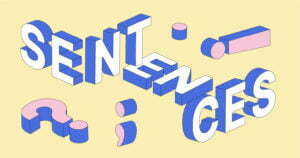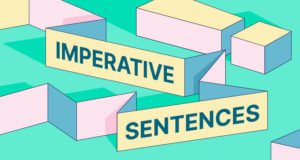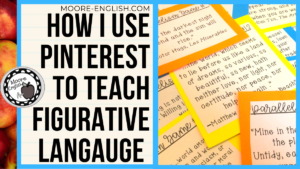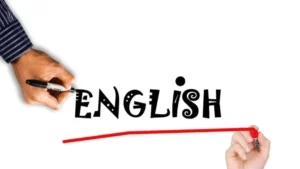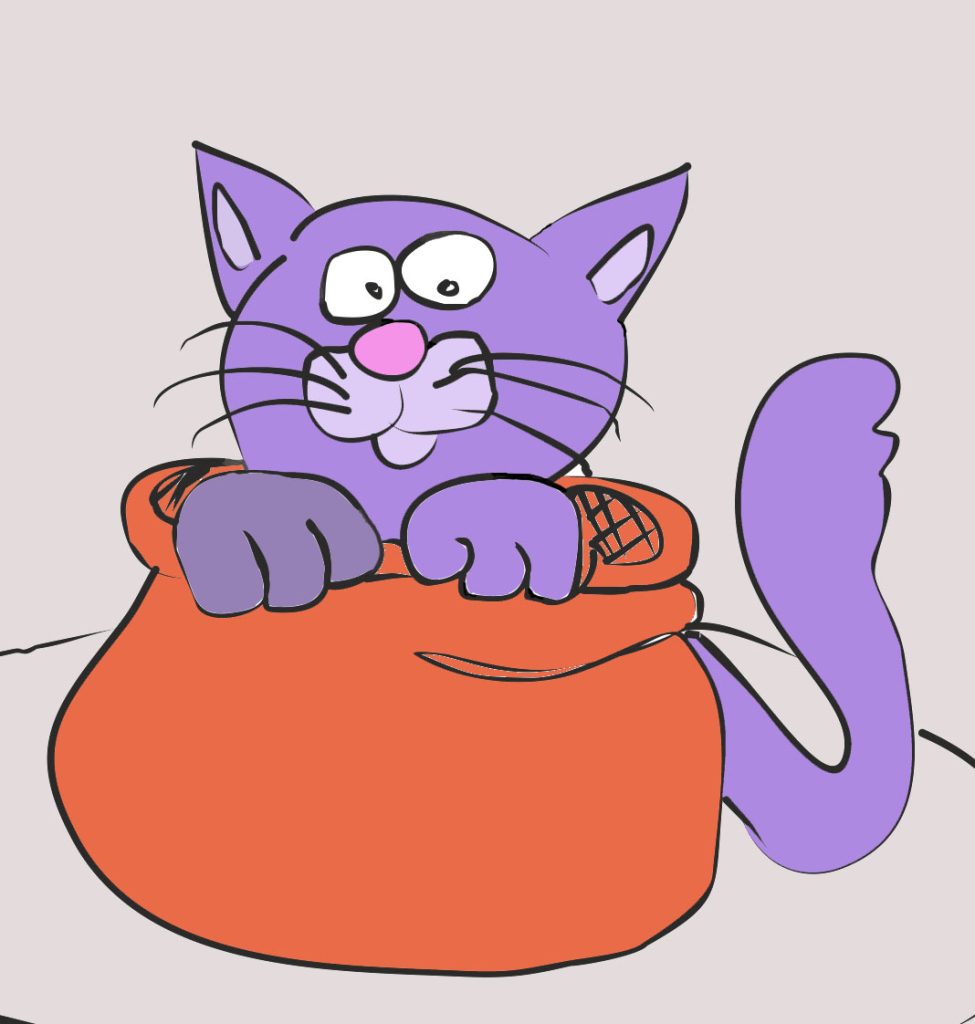What keeps you on hold before you start walking on the zebra-crossing? It’s the traffic light that indicates you to stop, wait or go.
Similarly, languages also comprise of ambivalent symbols to indicate pauses, stops, tone and inflections in written language. Known as punctuation marks, almost half of what we write is composed of them.
Punctuation refers to the use of spacing as well as certain signs which are popular in the written convention. Therefore, it eases the clarity of written sentences. It also lends them meaning whether they are read silently or aloud. Thus, it forms an important part of writing.

There are 10 most common punctuation marks used in the English language. These are used at different positions of the sentence to convey different emotions and conventions and hence, inspire different interpretations.
Therefore, written language acquires a semblance of emotion and reality with punctuation marks. Though punctuation looks easy enough to apply, even the most dedicated students of grammar falter in their correct use. However, these punctuation marks, if once understood, will help you to add literal beauty to your sentences and give them an ideal structure.
Good punctuation is the hallmark of a well-written text. Therefore, Podium School brings to you the 10 most common punctuation marks along with their examples. With this bite-sized crash course, we believe that you’ll be equipped to tackle the trickiest of grammatical challenges. Read on for a detailed explanation of these punctuation marks below:-
Punctuation Marks in Writing
Full Stop
The punctuation mark for a full stop is (.). Just as it is named, this punctuation mark denotes the end of a sentence, phrase, or clause.
Examples:
John Green narrated a subtle yet profound tale in Looking for Alaska.
The Wind Cave in South Dakota is spooky.
Hence, in the above examples, the full stop at the end indicates the end of the sentence.
Comma
The punctuation mark for the comma is (,). We use the comma for three different purposes while writing:-
- Commas indicate the breaks in sentences and phrases for better understanding.
Example: Computers, in their basic articulation, have transformed human lives.
- Commas denote multiple actions which happen simultaneously.
Example: While I was eating, she barged into the house.
- Whenever we have to list many words in a single sentence.
Example: Get some apples, oranges, pears, from the fridge.
Question Mark
The question mark is denoted by (?). A question mark appears at the end of a sentence or a phrase that ends in a questioning tone.
Example: Do you know where Samuel is?
Avoid using a question mark for indirect sentences which already are already in questioned manner.
Example: I wondered if you could go to Coorg next year.

Exclamation Mark
An exclamation mark is denoted in a sentence by (!). We use it to express sudden and extreme emotions or feelings. Exclamation marks can occur either at the end of the sentence or at the beginning.
Example: What a beautiful sky it is!
Here, the exclamation mark denotes the astonishment which persists till the end of the sentence. Similarly, exclamation marks can be used to express disgust, anger, sadness, surprise, joy, and praise.
Bravo! You scored a perfect 100 on the test.
Here, the exclamation mark is at the beginning of the sentence and after the word, which specifically denotes the sudden feeling.

Semicolon and Colon
A semicolon is a punctuation mark that is denoted by (;). It indicates stretched pause and inclines two similar clauses, contradictory clauses, and main clauses sans conjunction.
Examples:
We went by road; we could have gone by air. (adjoining similar clauses)
Her brother is active; she is lazy. (adjoining contradictory clauses)
My car broke down; I couldn’t make it to the function. (adjoining main clause with no conjunction)

A colon is denoted by (:). It is used for different purposes for different sentences:
- When a list is to follow
Example:
The box contains:
- Chocolates
- Sweets
- Dried cranberries
- When it implies the beginning of a dialogue
Example:
Kai said: “I am going to bed now.”
- When used after independent clauses
Example:
Poets have only one thing in their minds: the expression of feelings.
Hyphen
A hyphen is indicated by the mark (-). It joins two or more words which are typically adjectives used before nouns.
Examples:
He is a well-known professor at our university.
This red-coated cake looks delicious.

Brackets
Brackets are of two types with different meanings. The round brackets () convey less important information. These brackets are parentheses in American English.
Example:
Shreya decided (after two days) to go to the concert.
Other types of brackets are square brackets. These square brackets are denoted as { } The words in square brackets are not from the original writer or speaker. They are explanations or comments to certain words or phrases in sentences.
Example:
If I can’t have it {the Xbox}, no one can have it.
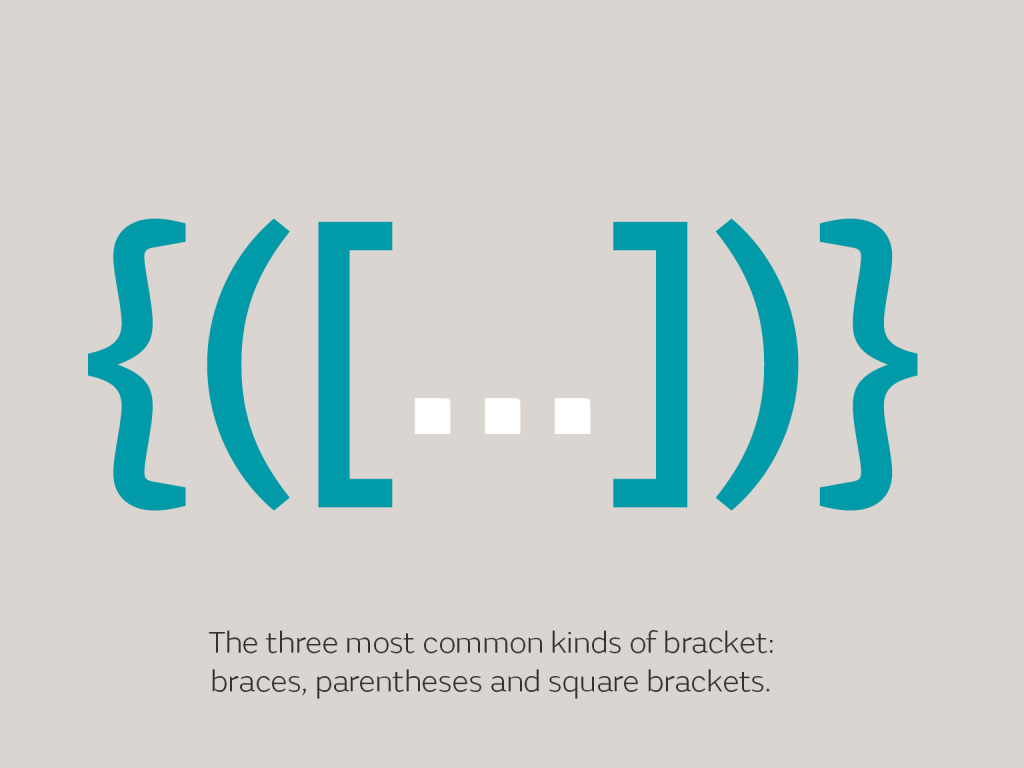
Quotation Marks
The quotation marks are either single ‘n’ or double “n”. They imply the beginning and the end of a sentence in direct speech.
In American English, they are better known as inverted commas and they are double. (“N”).
Example:
Mr. Jefferey said, “I am visiting the United States next month.”
In British English, quotation marks are denoted by single marks (‘N’).
Example:
Rajiv quoted, ‘Ever since I started studying anthropology, it has changed my perspective on life.’
Apostrophe
An apostrophe is indicated by the punctuation mark (‘). The apostrophe is used for two purposes:
- To imply a certain possession by someone
Example:
Sharon’s home is closer than mine.
- We use the apostrophe for the exclusion of letters or words as well.
Example:
She’s very precise about her work. (the ‘s refers to the word ‘is’)
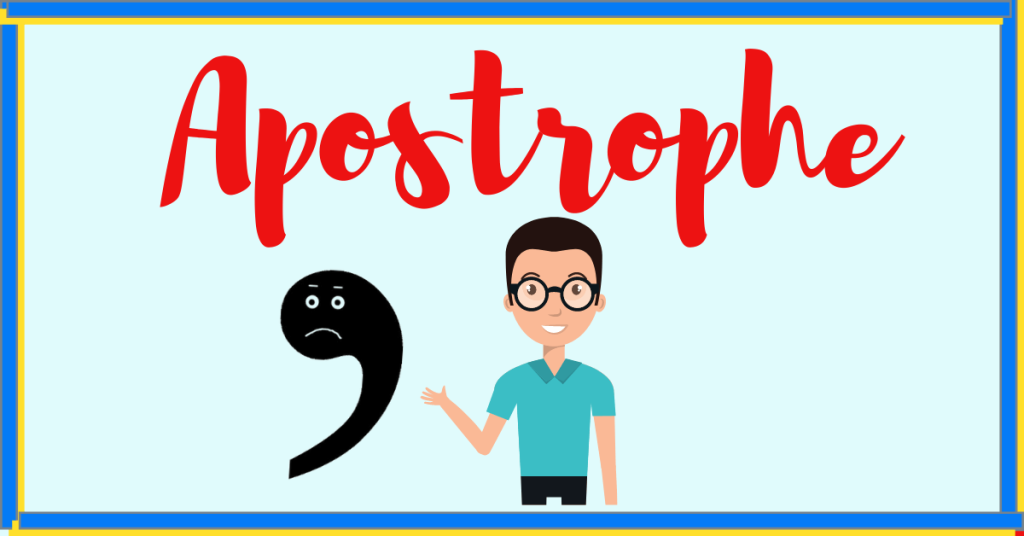
Rules for Using Punctuation Marks
One has to be very careful in using punctuation marks in sentences. It is because even slightest misplacement might change the message you wish to say. Along with this, there are also some rules and patterns when you write sentences along with punctuation you must follow:
- Use commas for three or more phrases, words, clauses, or sentences to segregate. Using a conjunction is advisable than using commas.
- Quotation marks must be only used to enclose the exact words spoken, that is, encasement of direct speech.
- There is no need for a full stop if a complete sentence is grouped in parentheses/ round brackets. However, if there is a need for a question mark or exclamation mark, it should be mentioned.
- You should avoid using an apostrophe with possessive personal pronouns such as hers, his, yours, its, etc.
- A hyphen must only be used with the adjective that comes before the noun.
- A colon is marked after an independent clause.
- Numbers that are used as adjectives will not use a hyphen if they come before the noun. For instance:- It is a ‘nine years old boy’ rather than a ‘nine-years-old-boy’.
- Commas must be used to separate a pair of adjectives occurring in the same sentence. For instance: She is wearing bright, blue sandals for her graduation ceremony.
- Quotation marks should be used for implying the name of smaller works too. For instance:
William Shakespeare’s ‘Hamlet’ (in British English)
Emily Bronte’s “Wuthering Heights”
- Add only the apostrophe when the plural noun ends with ‘s’.
Example: These are musicians’ instruments. (the apostrophe should be without an ‘s’ )
Become a professional Content Writer from the comfort of your home.
Sign up for Podium Pro and get a chance to create awesome content for top global brands!
Final Thoughts
Therefore, the apt use of punctuation marks forms the backbone of good writing. If one knows how to employ punctuation to create intended pauses and tone of narration- then consider it half a battle won. However, the other half can be mastered through regular practice and meticulous editing. But worry not, because Podium School has you covered again with its specially mentored courses in Creative Writing. As a result, you can learn more about punctuation and effective grammar to enrapture the audience and have a lead in writing well.
Thus, we encourage you to make us your companion on your creative writing journey. We have a lot to say about the useful tips for aspiring writers who wish to leave a mark going beyond the full-stop finality. For us, the unending passion of our faithful readers and subscribers keeps us going, something not even a full stop can conclude.
Do check out our advice for creative writing beginners on the Podium Blog and tell us what we should come up with the next time we see you.
Till then, toodles!
Share with your friends
